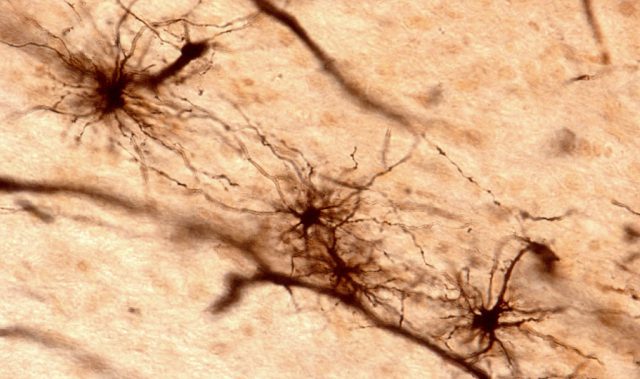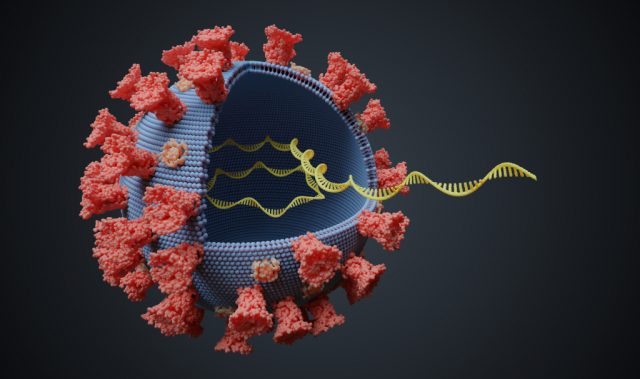
AsianScientist (Apr. 18, 2016) – Controlling intracellular membranes, such as vesicles, is a seemingly impossible proposition. Now, researchers at the Center for Cognition and Sociality within the Institute for Basic Science in South Korea have created an optogenetic process that allows for observation and control of membranes that populate our cells. Their research was published in Nature Chemical Biology.
Throughout our cells, materials are continuously being transported via tiny packets called vesicles. This process is called intracellular trafficking, and it is crucial for the normal functioning of cells.
The IBS team has designed an intracellular ‘pause button’ that causes two protein congregates to clump together. They call the method light-activated reversible inhibition by assembled trap of intracellular membranes (IM-LARIAT). The clumping becomes larger in size with increasing intensity and length of light, both of which inhibit the movement of the cell membranes.
The first congregate consists of three components: CIB1, an attractor that grabs onto CRY2; RFP, a marker that fluoresces red under light, and Rab GTPase, a protein that binds to the vesicle membranes within the cell.
The second congregate is made up of two parts: YFP, a marker protein that fluoresces yellow under light and CRY2, an optogenetically enhanced protein activated by light that attracts protein CIB1 as well as other CRY2. In this case, when a blue light is applied, two proteins are attracted to each other, causing them to clump together—much like how metal filings are attracted to a magnet.
To make the protein conjugates, the team transfected their DNA into cells which used it to translate the proteins in each cell. The conjugate with the Rab GTPase found its way to the vesicle membranes and affixed itself in place, holding tight.
At the same time, the other protein conjugate containing CRY2 was free to move within the cell. When a blue light was applied to the cell, the CRY2 was activated, moving toward the CIB1 in their vicinity. Since there were many vesicles each with several Rab GTPases attached, several of them moved to the same CRY2 resulting in their clumping together.
This aggregation of vesicles causes a disruption in the cell, because the vesicles are prevented from performing their regular functions.
“This process would be like pushing a pause button on the cell,” according to first author, PhD student Ms. Mai Khanh Nguyen.
When the light is turned off, the CIB1 and CRY2 are no longer attracted to each other, and the vesicles go back to working normally within the cell.
“In the future, we plan to combine our tool with genome editing, which we will use to specifically insert sequence encoding CIB1 into the genome, enabling us to optogenetically control the intracellular membrane using endogenous proteins,” Nguyen said.
Nguyen plans on applying IM-LARIAT technology to a living brain, where she would be able to control synaptic vesicle transmission and communication between neurons.
“This could be a step towards learning more about many diseases, including neurodegenerative disease, where the neurons aren’t able to communicate with each other,” she said.
Figuring out how neurons communicate may also be a way to understand how memories form and are stored. This work could lead to a better idea of how diseases like Parkinson’s or Alzheimer’s function, and how to mitigate their effects.
The article can be found at: Nguyen et al. (2016) Optogenetic Oligomerization of Rab GTPases Regulates Intracellular Membrane Trafficking.
———
Source: Institute for Basic Science.
Disclaimer: This article does not necessarily reflect the views of AsianScientist or its staff.












